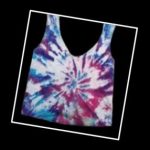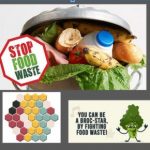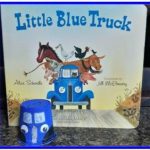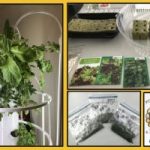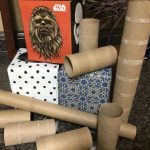
I was thrilled when, during the pandemic, my daughter wanted to learn how to embroider! She wanted to learn how to make flowers. So we pulled out all of the supplies, drew some free hand flowers and proceeded. She quickly picked up the techniques and went on to embroider some beautiful masks and denim shirt pockets. This got me to thinking that with all of the upcycling and repurposing that is part of sustaining our earth, why not teach students the skill and art of Embroidering Clothes! Read on to learn more.



